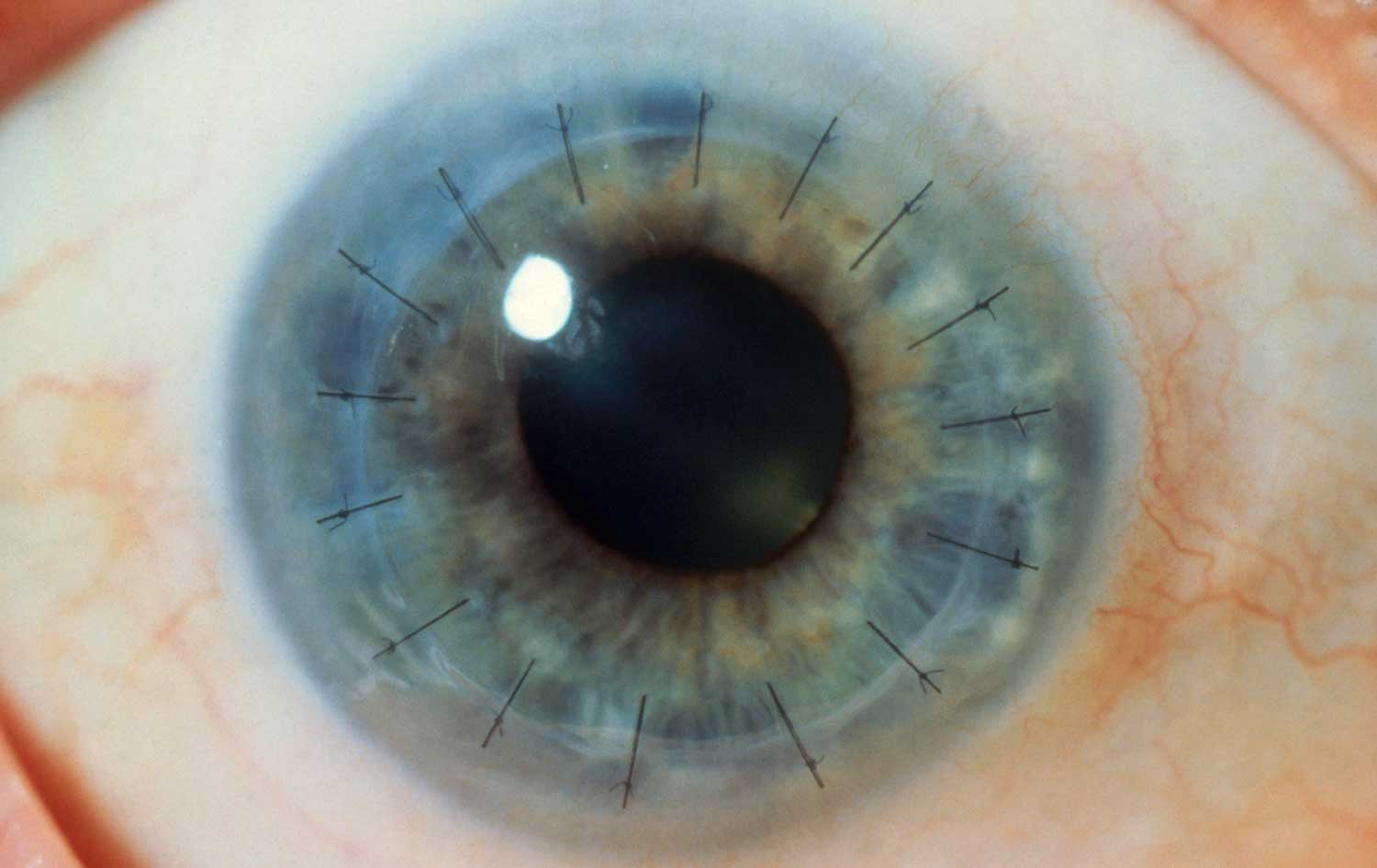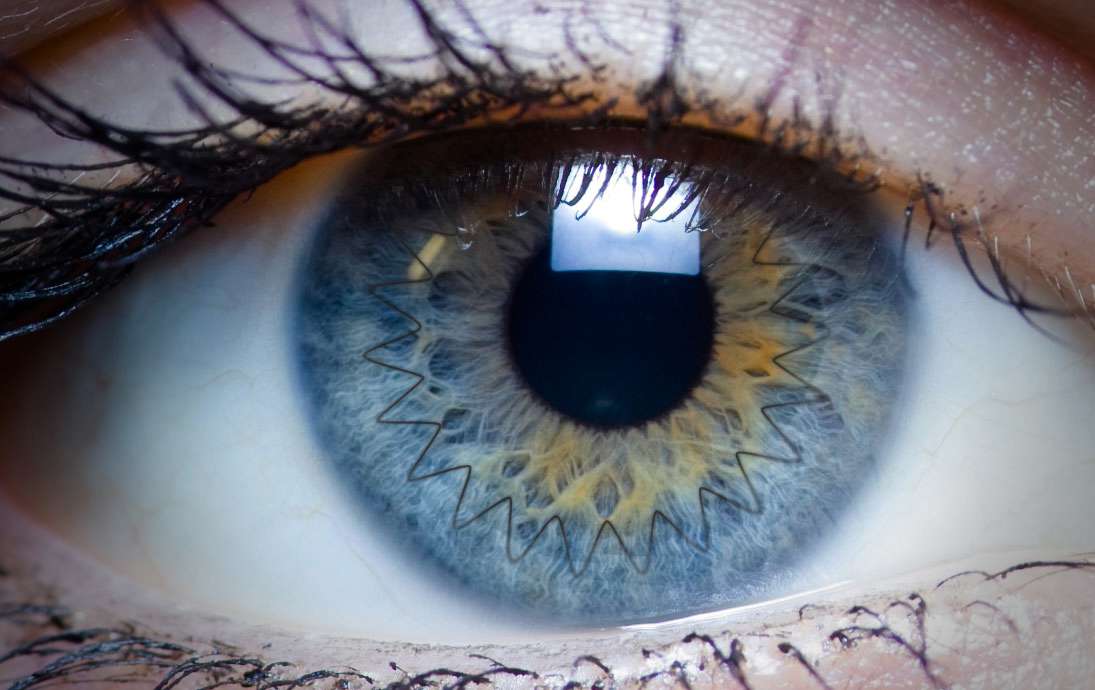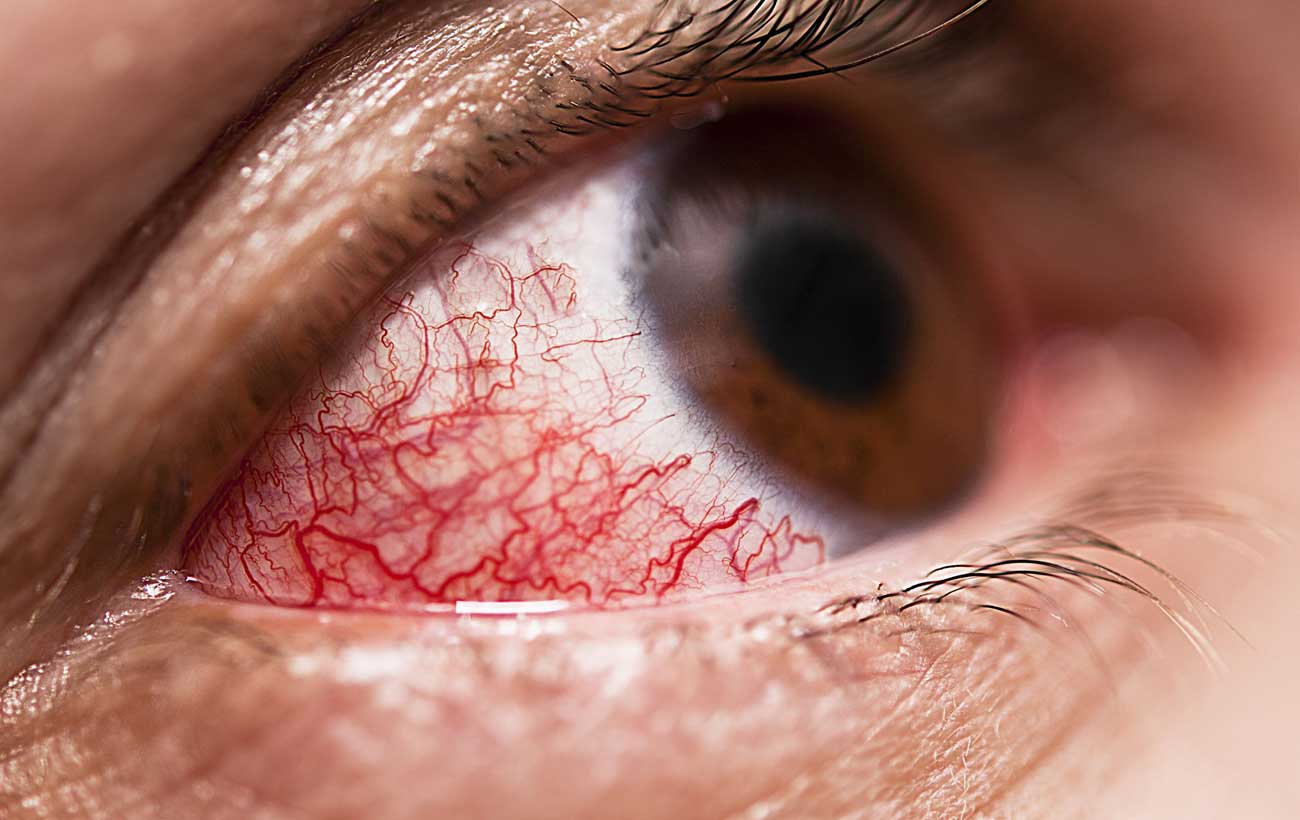A watering eye is an uncommon condition characterized by continuous tearing of the eye. Sometimes…

Corneal Transplant Surgery in Iran
A corneal transplant, also called keratoplasty replaces diseased or scarred corneal tissue with healthy tissue from an organ donor. The cornea is a layer on the front of your eye that helps focus light so you can see clearly. If it gets damaged, you might need to have it replaced. [Approximate costs for corneal transplant in Iran is 2000$]

What is Corneal Transplant?
Corneal transplant is an operation that is carried out to replace the damaged cornea with a new transparent one.
We understand that you are looking for good facility with modern equipment, experienced doctors and affordable cost of treatment to have corneal transplant surgery in Iran. For you, we have listed best corneal transplant surgery hospitals Which are accredited by IPD in IRHTO (Iran health tourism institute).
A corneal transplant is performed for one of these reasons:
Creating better visibility in cases of blurred vision caused by corneal opacity.
Corneal perforation repair to protect the intraocular structures.
Relieving pain in cases where, due to diseases or swelling of the cornea, there is severe pain.
Eradication of corneal infection in cases which cannot be treated with medication.
What Can a Corneal Transplant Treat?
A corneal transplant can restore or dramatically improve vision if you have a damaged or diseased cornea, it can treat:
Cornea scarring because of an injury or an infection
Corneal ulcers or “sores” from an infection
A medical condition that makes your cornea bulge out (keratoconus)
Thinning, clouding, or swelling of the cornea
Inherited eye diseases, such as Fuchs’ dystrophy and others
Problems caused by an earlier eye operation
Corneal Transplant Surgery Types
Full thickness corneal transplant
Your entire cornea may need to be replaced if both the front and inner corneal layers are damaged. This is called penetrating keratoplasty (PK), or full thickness corneal transplant. Your diseased or damaged cornea is removed. Then the clear donor cornea is sewn into place.
Partial thickness corneal transplant
Sometimes the front and middle layers of the cornea are damaged. In this case, only those layers are removed. The endothelial layer, or the thin back layer, is kept in place. This transplant is called deep anterior lamellar keratoplasty (DALK) or partial thickness corneal transplant. DALK is commonly used to treat keratoconus or bulging of the cornea.
Endothelial keratoplasty
In some eye conditions, the innermost layer of the cornea called the “endothelium” is damaged. This causes the cornea to swell, affecting your vision. Endothelial keratoplasty is a surgery to replace this layer of the cornea with healthy donor tissue. It is known as a partial transplant since only this inner layer of tissue is replaced.
Corneal Transplant Surgery Risk And Safety
A corneal transplant, also called keratoplasty replaces diseased or scarred corneal tissue with healthy tissue from an organ donor. The cornea is a layer on the front of your eye that helps focus light so you can see clearly. If it gets damaged, you might need to have it replaced. [Approximate costs for corneal transplant in Iran is 3750$]
Corneal Transplant Surgery Risks Include:
A cornea transplant may be necessary if eyeglasses or contact lenses can’t restore your functional vision, or if painful swelling can’t be relieved by medications or special contact lenses.
Certain conditions can affect the clarity of your cornea and put you at greater risk of corneal failure. These include:
Scarring from infections, such as eye herpes or fungal keratitis.
Scarring from trichiasis, when eyelashes grow inwardly, toward the eye, and rub against the cornea.
Hereditary conditions such as Fuchs’ dystrophy.
Eye diseases such as advanced keratoconus.
Thinning of the cornea and irregular corneal shape (such as with keratoconus).
Rare complications from LASIK surgery.
Chemical burns of the cornea or damage from an eye injury.
Excessive swelling (edema) of the cornea.
Graft rejection following a previous corneal transplant.
Corneal failure due to cataract surgery complications.
Corneal Transplant Surgery Preparing and Consultation
A corneal transplant, also called keratoplasty replaces diseased or scarred corneal tissue with healthy tissue from an organ donor. The cornea is a layer on the front of your eye that helps focus light so you can see clearly. If it gets damaged, you might need to have it replaced. [Approximate costs for corneal transplant in Iran is 3750$]
How Do I Prepare for a Corneal Transplant?
Before scheduling a corneal transplant, you’ll need a thorough eye exam. Your doctor will take exact measurements of your eye and treat any unrelated eye problems that may affect your surgery.
Tell your doctor about all your medical conditions and any prescription medications and over-the-counter medicines you take. You may need to stop taking medications that interfere with blood clotting.
Before the day of your surgery, ask your doctor for specific preparation instructions for your procedure. These may include:
no eating and drinking after midnight on the night before surgery
wearing loose, comfortable clothing on the day of the procedure
keeping your face free of makeup, creams, lotions, and jewelry
arranging for someone to drive you home after the procedure
Corneal Transplant Surgery After Care
A corneal transplant, also called keratoplasty replaces diseased or scarred corneal tissue with healthy tissue from an organ donor. The cornea is a layer on the front of your eye that helps focus light so you can see clearly. If it gets damaged, you might need to have it replaced. [Approximate costs for corneal transplant in Iran is 3750$]
What Happens After a Corneal Transplant Surgery?
You’ll be able to go home the same day as your surgery. You may feel some soreness and will most likely wear an eye patch or gauze over the affected eye for up to four days. Don’t rub your eyes. Your doctor will prescribe eye drops and possibly oral medications to help with healing and to prevent rejection or infection.
Seek medical attention immediately if you experience any of these symptoms:
shortness of breath
coughing
chest pain
a fever
chills
nausea
vomiting
After Care
Once you return home after the procedure, you’ll need to take good care of your eye. Some important points to remember include:
don’t rub your eyes
during the first weeks after surgery, avoid strenuous exercise and heavy lifting
if you have a job that does not involve physical strain, you can return to work two to three weeks after surgery
if your job involves manual labor, you should wait for three to four months
avoid smoky or dusty places as this could irritate your eyes
if your eye is sensitive to light, wearing sunglasses can help
avoid contact sports and swimming until you’re given clear advice that it’s safe, and wear protective goggles when resuming contact sports
bath and shower as normal, but be careful not to get water in your eye for at least a month
don’t drive until your specialist tells you it’s possible
You’ll usually be given a patch to wear at night for the first few weeks after surgery to help protect your eye
For all types of cornea transplant, you have to use steroid or antibiotic eye drops daily. These are normally required for several months, although some people may need to use them for more than a year. The drops reduce swelling and inflammation and help prevent infection and rejection



